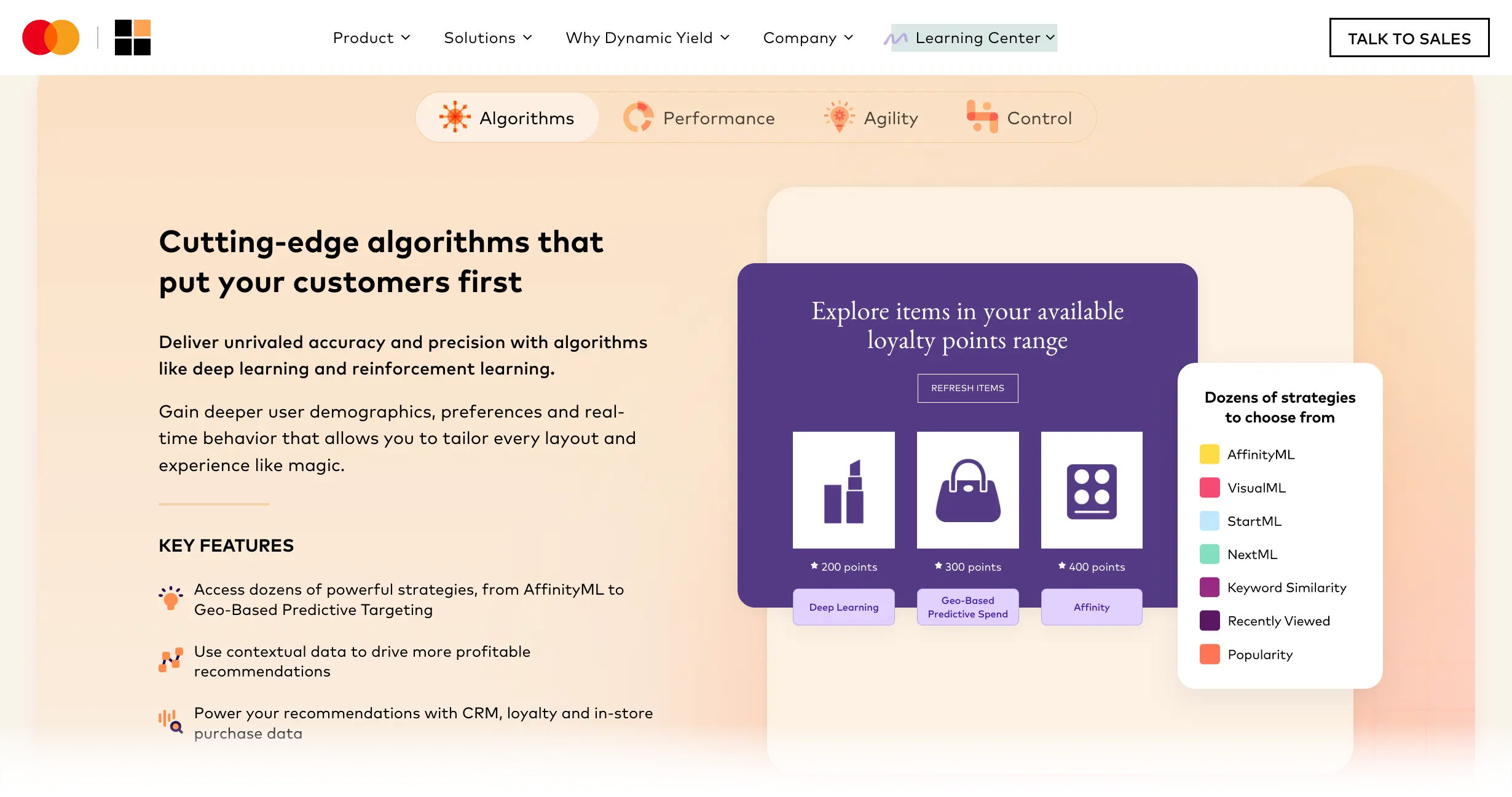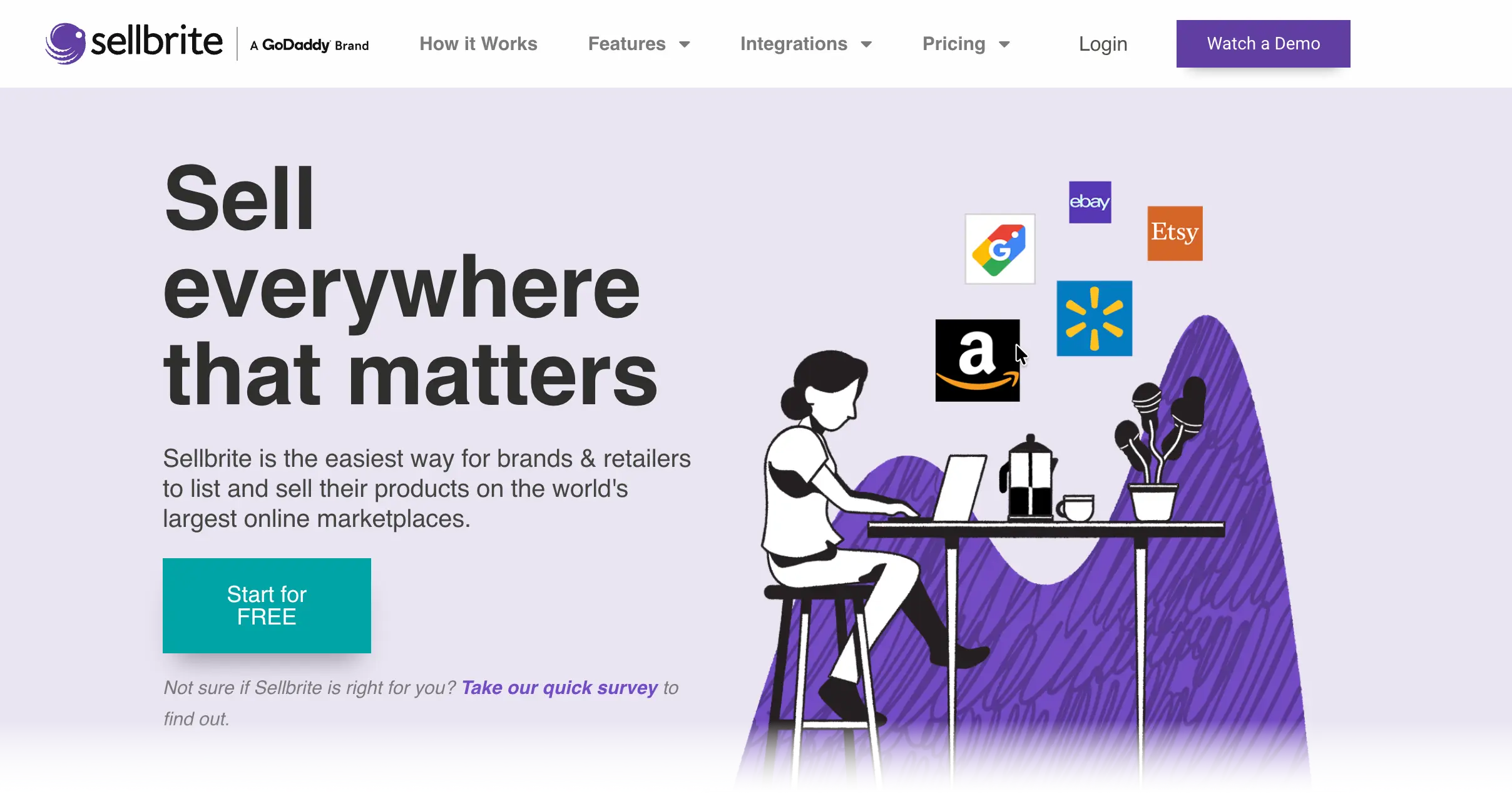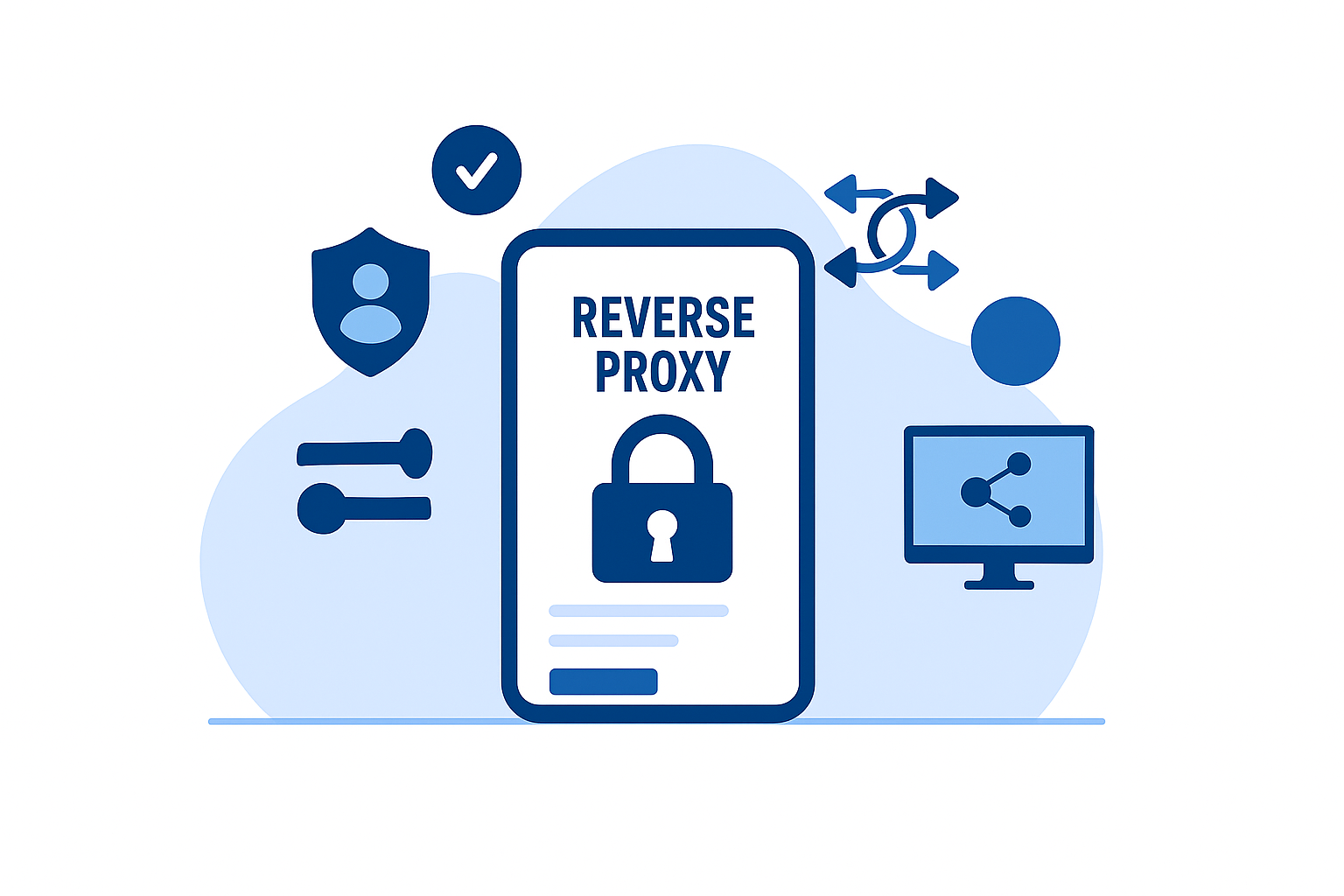The bar for ecommerce websites keeps rising — fast load times, personalized experiences, and secure + scalable infrastructure aren't nice-to-haves anymore, they're table stakes.
Countless ecommerce businesses have already figured out website development, especially when it comes to the design aspect (thanks to drag-and-drop builders and ready-to-use templates). However, 2025 is a pivotal year that requires a realignment in terms of design and structural strategy.
Let's look at the facts:
- New state-level digital privacy laws — Multiple states now enforce a number of consumer privacy laws and regulations, including stricter rules involving audiences under 18.
- Evolving customer expectations — Ecommerce brands need more focus on Core Web Vitals and other performance drivers to meet current customer expectations.
- The role of Artificial Intelligence (AI) in shaping experiences — AI is more integrated than ever into every phase of the customer journey, from product recommendations to post-sales service.
In a nutshell, a modern ecommerce website needs to strike the perfect balance between personalization, AI-enhanced experiences, compliance, and website speed — all built on strong infrastructure.
Read on to learn the components of modern ecommerce website development, proven strategies for implementation, and the best tools for the job.
1. Performance First: Speed as a Revenue Driver
Whether you like it or not, fast websites convert better.
Stats show that even a 0.1-second difference in loading time has a considerable impact on website performance. And to make data-driven optimizations that impact both page speed and the user experience, you need a standard of analysis that unifies both aspects.
This brings us to Google's Core Web Vitals — a set of metrics that enable the deeper analysis of page performance and how it translates to the real-world user experience.
Here's a quick overview of the essential Core Web Vitals metrics:
- Largest Contentful Paint (LCP) — Measures how fast the largest content element or section loads upon viewing a web page.
- Interaction to Next Paint (INP) — Measures the longest delay from a user action (e.g., keypress and mouse click) and the page's visual response.
- Cumulative Layout Shift (CLS) — Evaluates the impact of sudden layout changes (caused by the individual loading of elements) on the user experience.

As a central factor not just in UX but also in Search Engine Optimization (SEO), it's important to keep page performance top of mind throughout website development.
By keeping a close eye on Core Web Vitals, you can easily uncover actionable recommendations that lead to measurable performance gains. For this, use performance analysis tools like PageSpeed Insights.
Be sure to aim for consistent performance across all devices, especially in the mobile-first indexing era. And with dynamic experience personalization being the norm, it's also crucial to implement comprehensive asset optimization, be it for videos, images, and interactive content.
Shifting towards edge delivery is a great way to cover all your bases. And with intelligent solutions like Nostra AI's Edge Delivery Engine, any ecommerce brand can achieve sub-second load times for the majority of internet users worldwide.
What is the Edge Delivery Engine?
This is Nostra AI's cohesive, proprietary edge delivery solution that taps into an AI-enhanced network of edge servers. As a turnkey product, it allows any website to defeat the problem of latency and achieve near-instant loading times — all in a matter of minutes.
Request a demo here to see it in action.
2. Choosing the Right Tech Stack
Whether you like it or not, your ecommerce website is just as performant, stable, and secure as your tech stack.
This starts (and sometimes ends) with one-stop ecommerce solutions. These come with everything you need to get your online store off the ground, including pre-built themes, an inventory management tool, and even hosting.
Here are some of the top options that are worth exploring:
- Shopify — All-in-one, flexible, and cost-effective ecommerce platform that supports a huge library of first-party and third-party apps for scalability.
- WooCommerce — Designed specifically for WordPress, which takes advantage of the platform's versatility and ease of use for small ecommerce brands.
- BigCommerce — Robust ecommerce platform that focuses on maximizing growth potential, including support for multi-channel selling and integrations with enterprise applications.
While traditional ecommerce platforms like Shopify and WooCommerce allow for faster builds, you might eventually run into scalability issues as you try to keep up with the rapidly burgeoning expectations of modern consumers.
It's also difficult to get rid of the bloat when working with all-in-one platforms, which is problematic if you're aiming for a lean ecosystem for improved performance and scalability. As a result, you'll have a backend filled with unnecessary code, libraries, and other add-ons you don't even need.
These are some of the reasons why more and more ecommerce brands are adopting a headless website architecture. This decouples the website's backend — essential components like the Content Management System (CMS) and inventory management software — from the front-end or "presentation layer."
In a headless system, backend and front-end components are connected via Application Programming Interfaces (APIs). This may introduce more complexity to the development process, but it also ensures you're only adding tools and components that your ecommerce store actually needs — allowing for stronger performance, security, and long-term efficiency.
Not to mention, you can scale and grow your website's front-end functionalities without affecting the backend.
As for your actual tech stack, here is a list of the software categories (as well as a few examples) to get your virtual storefront up and running:
- Core ecommerce functionality — REST Storefront API and JSON: API
- Content Management System — Storyblok, Contentful, and Sanity
- Payment Gateway — Authorize.net, PayPal, and Stripe
- Data Analytics — Mixpanel and Google Analytics 4
- Shipping and Logistics — ShipStation, Shippo, EasyShip, and ShipBob
3. Personalization and Customer Experience
Before we go any further, remember that you can't build a successful ecommerce website while ignoring the user experience.
While building a fast website is a huge milestone in this regard, offering personalized customer experiences can set your brand apart. And in ecommerce, there is a set of must-have personalization strategies that will definitely enhance the customer experience.
For one, creating localized content for specific audiences is a surefire way to pique interest.
Helly Hansen, for instance, offers seasonal promotions to select customers through geolocation. This ensures the deals are tailored to the available outdoor activities for the target audience at specific times of the year.
The easiest way for ecommerce brands to implement personalized content or product recommendations is through AI-powered tools, like Rep AI for Shopify. If you have the budget and volume to justify the cost, go for a more robust solution like Dynamic Yield for enterprise-grade features like customer journey orchestration and deep, user-level analytics.

Just remember that in-depth personalization shouldn't come at the expense of performance.
That's why it's also important to look into solutions that offset the load of incorporating dynamic content into your site, like reverse proxies. These enable the backend server to focus on mission-critical processes while dynamic, personalization-related tasks are moved to a server-side proxy layer.
Ecommerce businesses also need to implement personalization with the modern privacy landscape in mind.
A great place to start would be to focus on first-party data, which enables the collection of customer behavior data in a world without third-party cookies.
4. Tracking, Privacy, & Compliance
The death of third-party cookies is one of the precursors to a stricter, more privacy-focused internet.
A recent example came with the release of Apple's iOS 26, which introduced stricter Link Tracking Protection (LTP) and anti-fingerprinting measures that muddied marketing attribution.
There are also blanket regulations like the General Data Protection Regulation (GDPR) and the Texas Data Privacy and Security Act (TDPSA), which require businesses to observe stringent data collection rules, like:
- Visible consent banners — Businesses like ecommerce brands must request the user's express permission before data can be collected.
- Clear opt-out mechanisms — Should customers object to data collection, there should be a clear and easy-to-use option to decline.
- Complete privacy policies — Companies need to create clear and transparent privacy policies that explain data collection, usage, and sharing processes.

Abiding by these regulations is just the first step. What comes next is to substitute third-party tracking with other reliable and compliant ways to gather data.
Start by building a first-party data repository using the following strategies:
- Use on-site analytics — Leverage built-in or external analytics tools like Google Analytics 4 to measure on-page user interactions.
- Build loyalty programs — Encourage customers to register and build their profile by offering loyalty rewards, like store points, exclusive discounts, and other membership perks.
- Run surveys or quizzes — Use tools like SurveyMonkey to collect user information, which can be structured for specific data types (e.g., shopping preferences, referral sources, sentiment, and interests).
- Show post-purchase feedback forms — Automate forms or emails that request customer feedback about the shopping experience.
To streamline and enhance your data gathering efforts, consider investing in tools like Nostra AI's Edge ID. This uses a reverse proxy architecture to bring essential tracking back to the server-side, enabling ecommerce businesses to extend cookie lifespans to the maximum two years.

5. Security & Scalability
Security and scalability in ecommerce go hand in hand.
Let's start with security, which is all about building consumer trust as well as protecting the long-term sustainability of your ecommerce business.
According to IBM, the global average cost of a data breach is a whopping $4.4 million. While this is obviously skewed by incidents involving multi-million dollar companies, the damage is enough to cripple 60% of all targeted businesses within six short months.
For ecommerce websites, here are the must-have cybersecurity measures you need to implement:
- TLS/SSL encryption — Protects data exchanged between your website and the customer's browser. This keeps sensitive information, such as credit card details, addresses, and phone numbers, out of the hands of malicious actors.
- Multi-Factor Authentication (MFA) — Give customers the option to use additional authentication procedures (i.e., one-time passcodes via SMS) to secure their accounts in your online store. MFA should also be implemented for backend admin accounts, which can effectively defend against brute force attacks.
- Web Application Firewall (WAF) — Actively and intelligently scan incoming traffic to block attacks like Distributed Denial of Service (DDoS) and SQL injections. Modern WAF solutions can also prevent other attacks like API abuse, file inclusion attacks, and Cross-Site Scripting (XSS).
- Content/Edge delivery networks — Delivery networks can actively protect both your website's backend and front-end against malicious traffic. Modern platforms like Nostra AI also include preventive features like regular security audits, which identify potential attack vectors before they can be exploited.
Another advantage of utilizing content or edge delivery networks is scalability.
By distributing traffic across a network of edge servers, you'll have more bandwidth to maintain speedy performance during high-traffic spikes (e.g., Black Friday sales and viral campaign surges).
High scalability can also be achieved by upgrading to cloud hosting services, which typically include auto-scaling for high-traffic events. The trade-offs, however, are generally higher and unpredictable costs.
6. UX & Conversion Optimization
Just because your online store is up and running doesn't mean website development stops.
You still have plenty of work to do, especially in terms of user experience optimization.
The golden rule is to ensure your customers have a smooth journey from landing page to checkout, starting with implementing intuitive site navigation.
A generally effective strategy is to implement a visible search bar within a simplified menu structure. This makes it easier for customers to find the specific products and categories they need.
Another important step is to optimize your landing, collection, and product pages. For the most part, this involves ensuring the essential conversion-related elements are clearly visible, including:
- High-quality product visuals — Make sure you present your products in the best possible light. Consider including videos to show how the product operates or functions in real use cases.
- Clear product descriptions — Use concise and benefit-focused language supplemented by clear product specifications (e.g., weight, dimensions, and material). Address Frequently Asked Questions (FAQs) to provide customers with all the information they need to make a purchase decision.
- Prominent Call-To-Action (CTA) — Write a compelling, value-driven CTA using clear typography and contrasting colors. Instill a sense of urgency with elements like offer timers and remaining stock counters.
- Accessibility compliance — Examine the Web Content Accessibility Guidelines (WCAG) to improve the experience of differently-abled audiences. Some requirements are offering multiple language options, adding alt text tags to images, and providing keyboard-accessible features.
- Social proof — Highlighting trust elements like security badges, product ratings, and customer reviews is an effective way to build buyer confidence. Most ecommerce platforms include native review widgets that require little to no setup.
- Frictionless checkout — The checkout process is the last thing you want to complicate with unnecessary steps. Explore strategies like enabling guest checkouts or asking only for basic information to minimize the required number of forms.


Here's a tip: Pair your Conversion Rate Optimization (CRO) tactics with A/B testing to get measurable results fast.
A/B or split testing is the practice of testing multiple variations of the same content, comparing their performance, and building iterative improvements based on the results. That said, make sure you choose a CRO tool that comes with an A/B testing feature, like Crazy Egg, Hotjar, and VWO.
7. Integrations & Future-Readiness
Finally, keep in mind that website development never truly ends, especially in a dynamic and high-activity ecommerce store.
Over time, you may need to integrate new solutions and platforms as your business expands. And staying ahead of your website's growing needs is the best way to future-proof your business.

For instance, consider new customer acquisition channels that can supply your online storefront with that much-needed traffic, like social media platforms, marketplace apps, and even AI tools. Understanding this will point you to the right tools and resources, like Hootsuite for social media and Sellbrite for multi-channel selling.
To increase your visibility in AI tools like ChatGPT or Gemini, you'll need advanced solutions with Answer Engine Optimization (AEO) features. Semrush, for example, comes with an AI SEO Toolkit that lets you track how Large Language Models (LLMs) mention your brand, where they scrape the information from, and the overall audience sentiment around your business.
Conclusion
In 2025, an ecommerce website is more than a storefront — it is infrastructure, performance, compliance, and personalization combined.
The top brands leave no base uncovered and will prioritize speed, respect customer privacy, pay attention to security, and invest in deep personalization to create compelling experiences that win sales.
It's just a matter of planning a flexible and future-ready website architecture that can scale with your needs.
Want to make sure your site is ready for 2025?
Nostra AI delivers instant speed, better attribution, and enterprise-ready infrastructure so your site can keep up with the future of ecommerce.
Learn more by booking a personalized demo here!
.svg)

.svg)
.svg)
.svg)

.svg)








